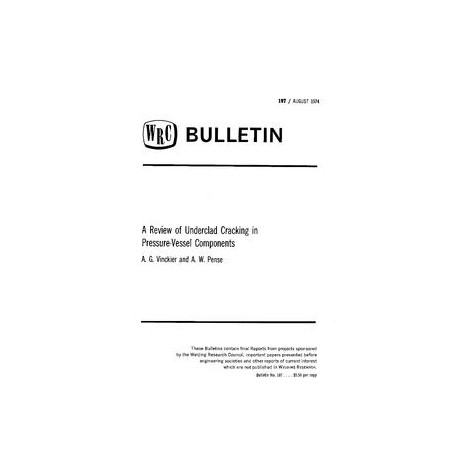Cart
0
Product
Products
(empty)
No products
To be determined
Shipping
$0.00
Total
Product successfully added to your shopping cart
Quantity
Total
There are 0 items in your cart.
There is 1 item in your cart.
Total products
Total shipping
To be determined
Total
New
Reduced price!
 View larger
View larger
 View larger
View larger
WRC 197
M00009873
New product
WRC 197 A Review of Underclad Cracking in Pressure-Vessel Components
Bulletin / Circular by Welding Research Council, 1974
A. G. Vinckier, A. W. Pense
In stock
More info

